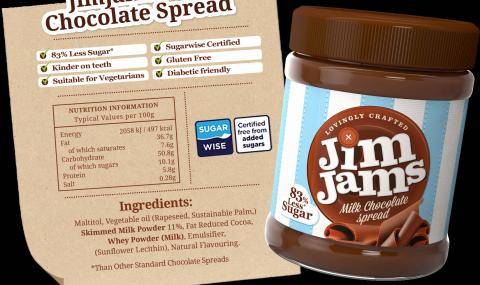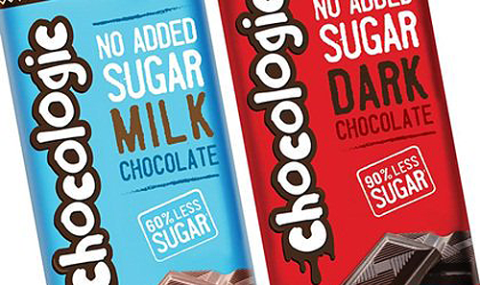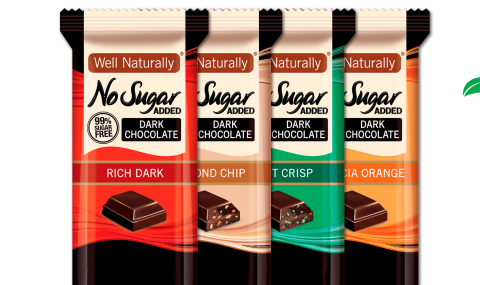Recently, sugar has taken fat’s place as the new public enemy when it comes to body weight control, obesity issues and other health concerns. Organizations are calling to reduce the recommended daily sugar intake by half. Sugar has really taken the spotlight: sugar taxes are gaining ground and modifications to nutrition labeling strongly highlight sugar.
To address the consumer demand and prepare for looming regulatory changes, discover here three methods to reduce sugar.
1. Gradual reduction
The gradual reduction approach reduces the sugar level bit by bit. For instance, it is possible to reduce the sugar ratio by 5% every year. This allows your consumers to get used to the evolving taste of the product gradually. This way, they will not reject it when you reach a reduction level of 30%.
Once you have reached this level of reduction, you can choose to either claim it by drawing attention to the improved nutritional profile, or do it silently as part of your corporate responsibility and well-being strategy. If you choose the second option, you will avoid taste concerns that are sometimes triggered by sugar-related claims.
Tip: remember to change your nutritional label with each incremental reduction step.
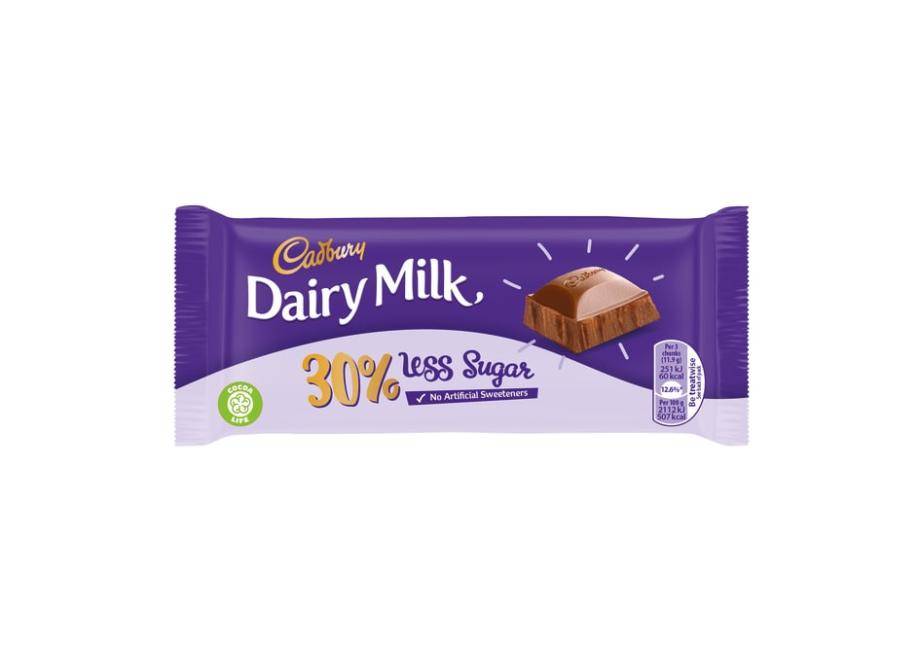
Thorntons addressing sugar concerns.
Source: www.thorntons.co.uk
2. Claiming sugar reduction
To claim the “reduced in sugar” label, the sugar level needs to be decreased by at least 30% compared to the original recipe. It is definitely possible to reduce the sugar level even more. The label you use to indicate a reduction in sugar can vary from simply ‘less sugar’ or ‘reduced in sugar’ to an exact percentage. It is of the utmost importance to reassure consumers of your product’s taste.
Cadbury Dairy Milk, for instance, guarantees the continued quality of its products’ taste with ‘30% less sugar’.
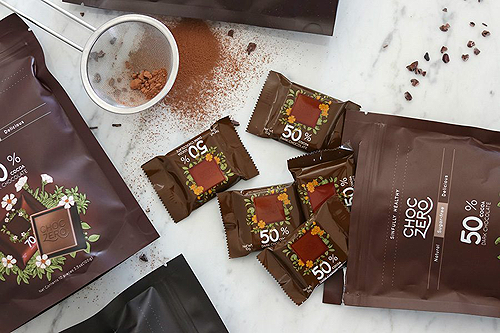
Sugar-Free squares by Choc Zero
3. Claiming No sugar
If the previous two options do not appeal to you and you want to eliminate all sugar from your products, you can replace it completely with sweeteners (fibers, polyols, stevia, ...).
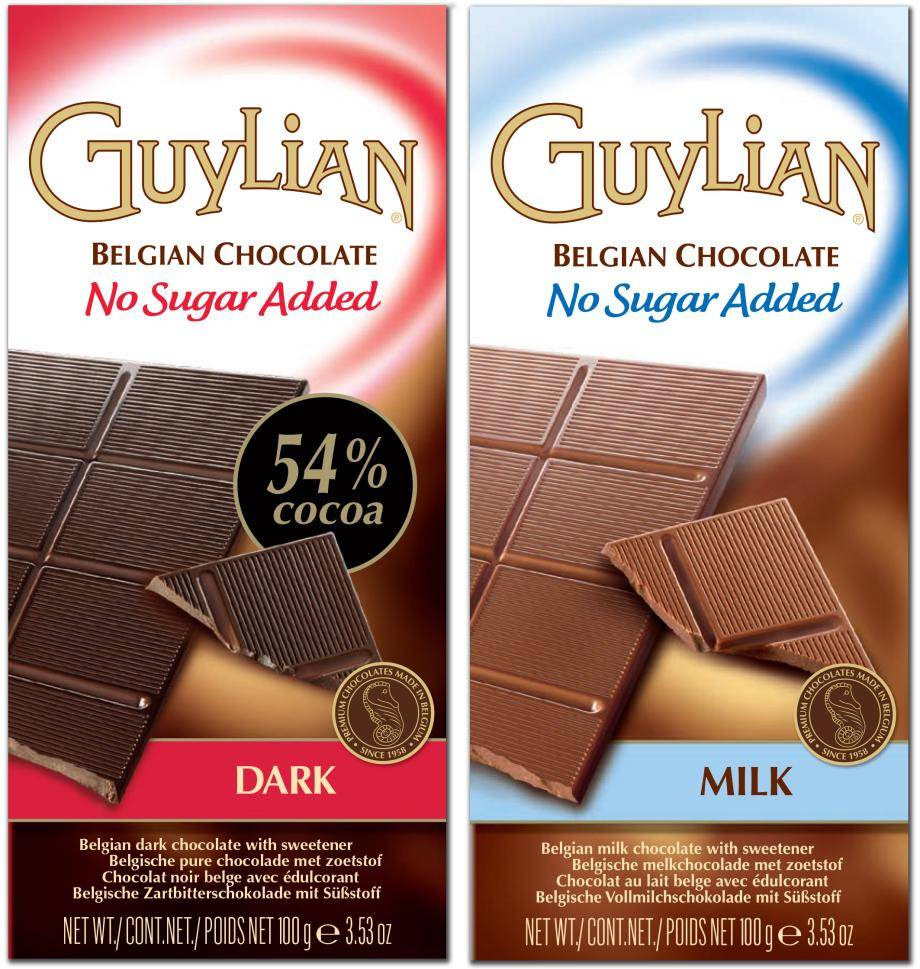
Guylian with their No Sugar Added range. Straightforward hence powerful. Source: thesimpleparent.com
This is the most popular and widespread approach, which is most likely due to the fact that it is more convincing and the products are suitable for diabetics as well. Moreover, it sounds more natural to say ‘No added sugar’ since it implies there was no recipe change because of ingredient experimentation. There are two variations on the claim:
a) Sugar-Free:
Your product cannot contain more than 0.5% sugars of any sort.
b) No added sugar or Without added sugar:
In this case, the added sugar is fully replaced but recipe allows for some residual sugar and lactose in the case of milk chocolate.
Bonus - Related claims
It is common to combine sugar-related claims with other certifications to either make the message stronger or promote the friendly nature of the product. Check out some examples from the market!
Whichever path you choose to take when it comes to sugar, remember that ensuring your product continues to taste just as good is essential. In the end, chocolate is loved by all because it is delicious.
Barry Callebaut has been developing a wide range of wholesome chocolate solutions fitting for all your sugar reduction strategies. Learn more about our product range and discover how we can support you.
Whichever path you choose to take when it comes to sugar, remember that ensuring your product tastes just as good is essential. Chocolate is there for pleasure, after all.
Barry Callebaut has been developing a wide range of wholesome chocolate solutions fitting all sugar reduction strategies. Learn more about our product range and find out how we can support you.

